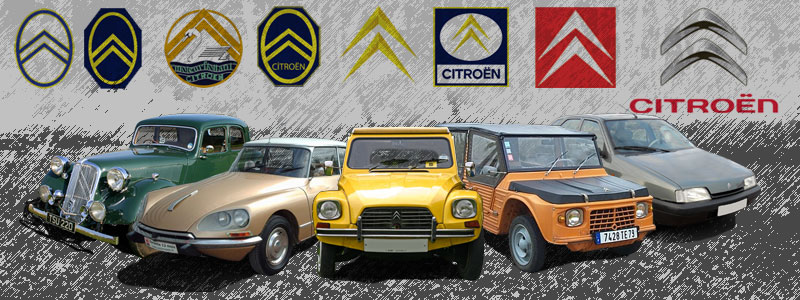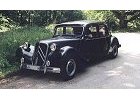 |
|
1934 - 1957
Made between 1934-57, Traction Avant established Citroen's
reputation as a technology leader. It had monocoque chassis,
front-wheel drive, over-head valve engine and torsion
bar suspension. More >>
|
 |
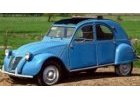 |
|
1948 - 1990
From 1948 to 1990, nearly 4 million 2CVs rolled out of
the Citroen factory, placing on the top of Citroen's
own all-time best selling chart. Globally, its 42 year
life span places it in second place just behind the VW
Beetle. More >>
|
 |
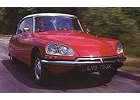 |
|
1955 - 1975
Seen as one of the most innovative cars of its era,
the Citroen DS engineers introduced self-levelling
suspension with hydraulic hydropneumatic struts and
unique adjustable ride-height facility allowing the
DS to raise itself over rough terrain. More >>
|
 |
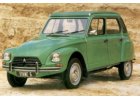 |
|
1967 - 1983
Released in September 1967 and looking a little less corrugated than the timeless 2CV, the Dyane used the same 425cc engine and was aimed as an "intermediate" model, sitting between the 2CV and Ami Six belt. Later versions gained a choice between the new 435 and 602 cc engines, the latter engine featuring higher compression pistons and forced induction from the engine fan. More >>
|
 |
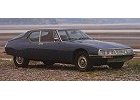 |
|
1970 - 1975
This prestige SM was created in 1970, and used a smaller
V6 version of Maserti's quad-cam V8 motor, combined with
Citroen's already well developed front wheel drive
that had its gearbox/transaxle unit slung ahead of the
compact engine. Now, at last, a performance Citroen. More >>
|
 |
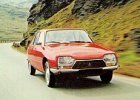 |
|
1973 - 1979
The Citroen GS 1220 possessed that quality of ugliness which only the chic French could make admirable. The controversial shape packed in the maximum passenger and luggage space
within a minimum road space. More >>
|
 |
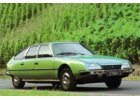 |
|
1974 - 1979
The immediate impression created by the CX was that it was a clever styling mixture of GS and SM, a recommendation in itself. Technically too it was an amalgam of everything that was advanced in the then current Citroen models, wrapped in a most elegant, ultra-modern body. More >>
|
 |
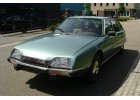 |
|
1976 - 1983
First released in Australia in 1976 in 2.2 liter form,
by 1981 the CX 2400 would be the only model Citroen
would offer in Australia. The car was actually first
released in Europe in 1974, then replacing the long
standing D series that had been in continuous production
for more than twenty years. More >>
|
 |
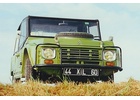 |
|
1979 - 1982
Citroen's useful and amusing plastic-bodied, 2CV-engined Mehari (Camel) became an even more useful vehicle when it was endowed with four-wheel-drive in 1979. The ageless air-cooled twin-cylinder baxermator (602 cc, 29 bhp/21.62 kW) was attached to a gearbox with drive-shaft to the rear wheels, and hey presto, the 4WD Mehari was created. More >>
|
 |
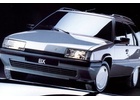 |
 |
1983 - 1994
The Citroen BX is important to remember as being the very first new car from the PSA group. It showed a sense of co-operation between Peugeot and Citroen without losing the individuality of the Citroen marque. The basic floorpan of the BX served as a foundation for other cars from the group, and had a 104.5-inch wheelbase and the well known hydropneumatic suspension system. More >>
|
